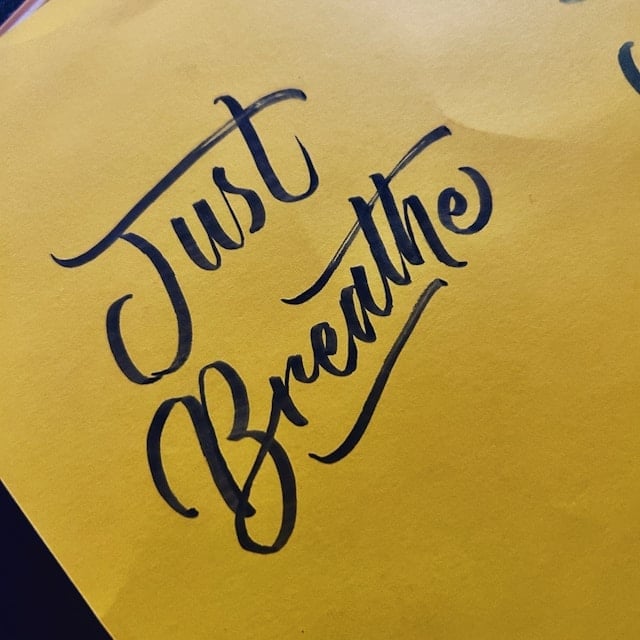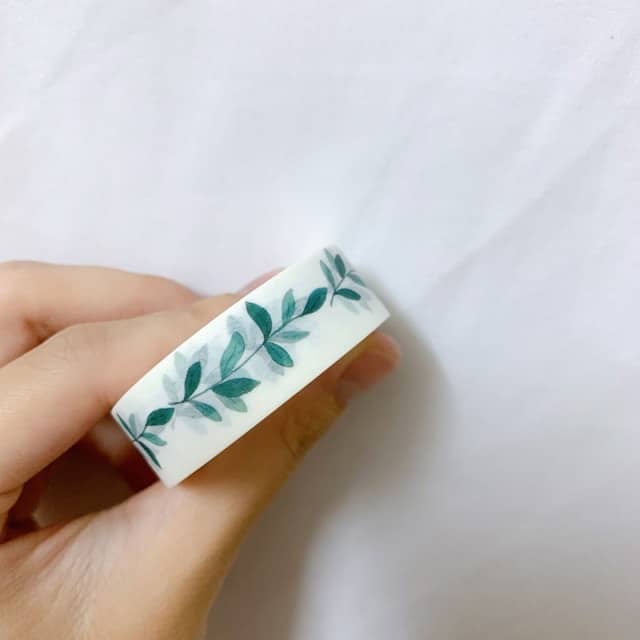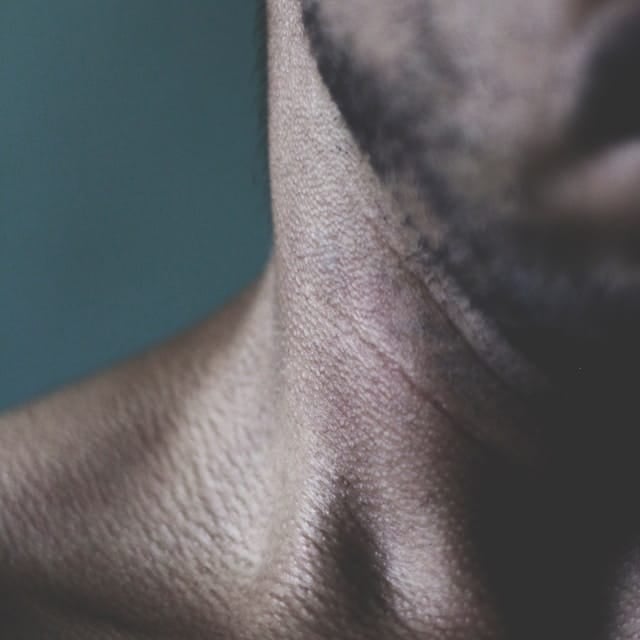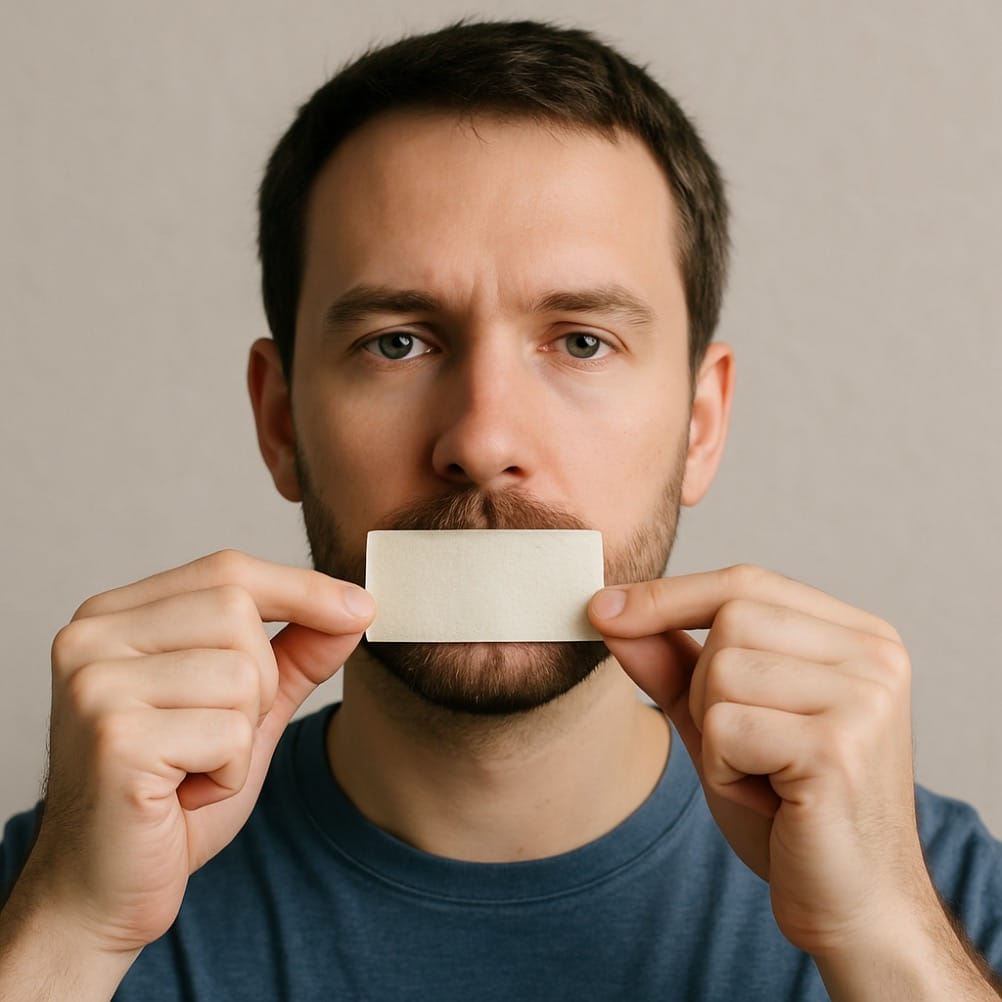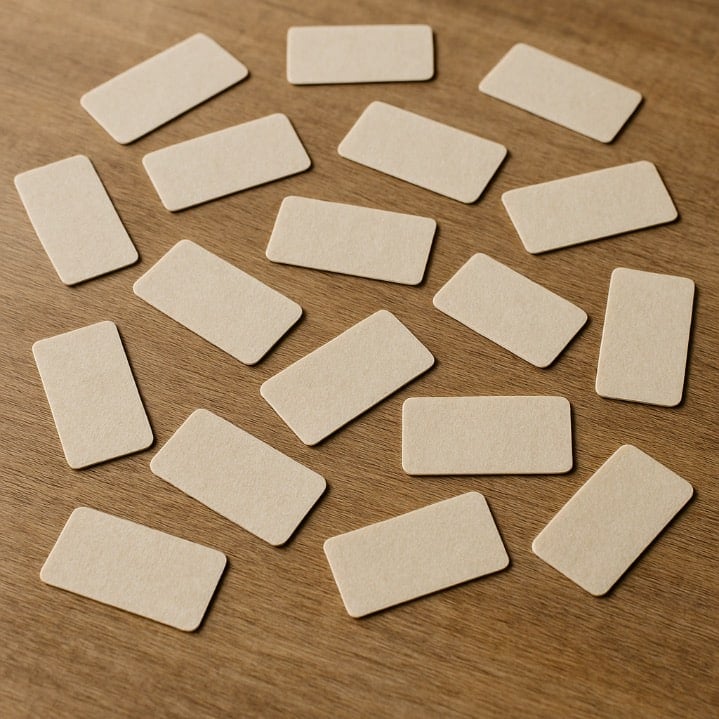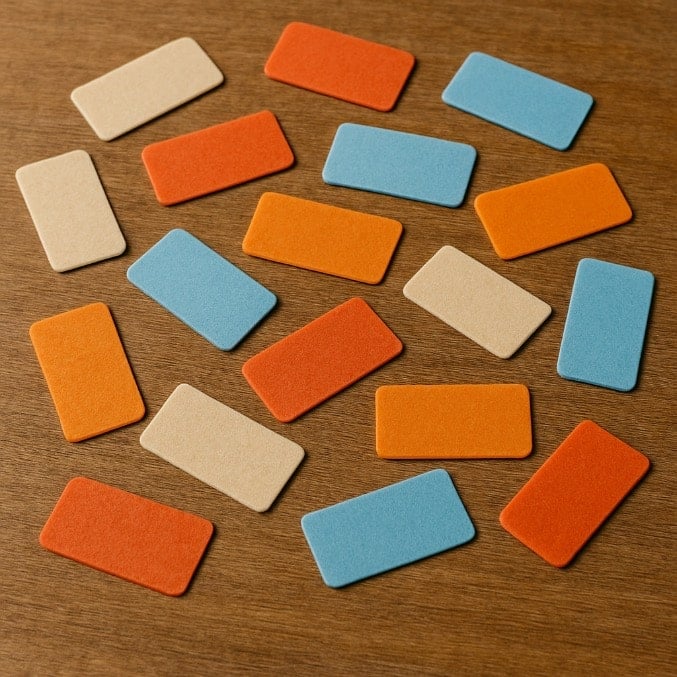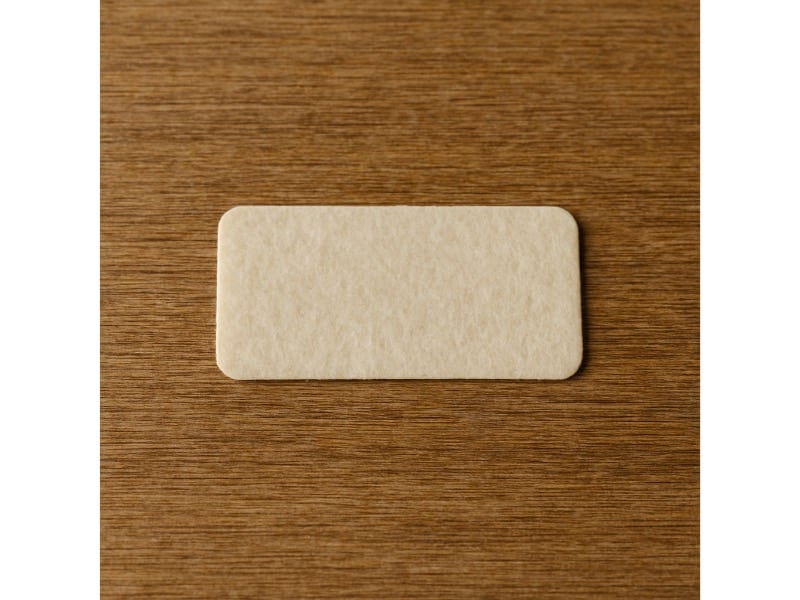The Complete Guide to Mouth Taping
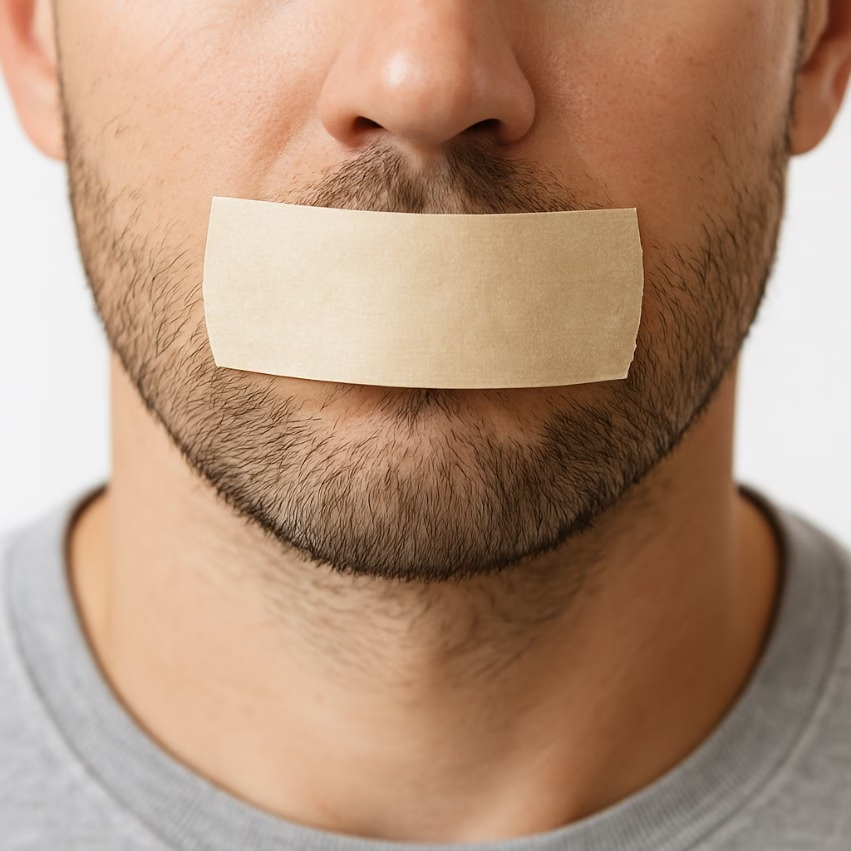
What It Is and Why It’s Getting Popular
Mouth taping is a simple practice where you place a small piece of tape over your lips before going to bed. The goal is to help you breathe through your nose while you sleep. People use it to improve sleep quality, reduce snoring, and support better breathing habits. Some also say it helps with dry mouth and may even play a role in shaping the jawline over time. This article will go over what mouth taping is, how it works, and the possible benefits of taping your mouth at night.
- Last Updated: July 15, 2025
- What Is Mouth Taping?
- General Wellness Benefits
- Sleep Improvement Advantages
- Athletic Performance Benefits
- Product Recommendations
- Potential Risks and Side Effects
- Who Should Avoid Mouth Taping?
- How to Mouth Tape Safely
- Mouth Taping In Daily Routine
- Ashton Hall’s Mouth Taping
- Gwyneth Paltrow and Mouth Taping
-
-
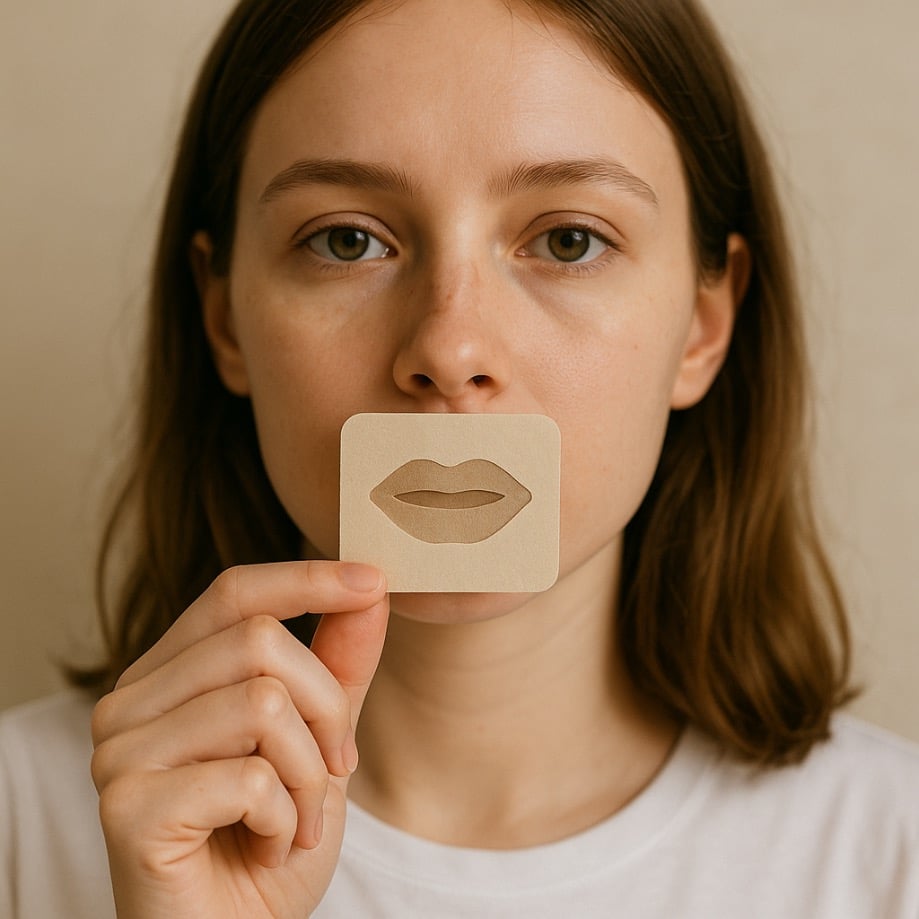
What Is Mouth Taping?
Before jumping into the details of how to use it, it helps to understand what mouth taping actually involves and where the practice came from. While it’s gained popularity recently, the idea isn’t entirely new.
- Basic concept: Mouth taping involves placing a small strip of skin-safe tape over your lips before bed to promote nasal breathing overnight. Instead of breathing through the mouth, you’re gently encouraged to use your nose.
- Why it’s done: Breathing through the nose may help reduce issues like snoring, dry mouth, and poor sleep quality. Many people use mouth taping for sleep as part of a broader wellness or nighttime routine.
- History and background: The idea can be traced back to the Buteyko Method, a breathing technique developed in the 1940s by Dr. Konstantin Buteyko. While the original method didn’t involve taping the mouth, later followers used it to reinforce nasal breathing habits.
- Mainstream popularity: More recently, mouth taping has gone viral on social media and been embraced by athletes, biohackers, and wellness enthusiasts who say it helps them wake up more rested. It’s also gained interest among people looking for better ways to manage snoring or support oral health.
- Growing interest in sleep health: With more attention on recovery, sleep tracking, and longevity, people are asking questions like “what does mouth taping do?” or “is mouth taping safe?” — and finding that for many, the practice feels worth trying.
Whether you’re curious about what mouth taping does or considering it as part of a new nighttime habit, understanding where it comes from helps make the practice feel less strange. As interest in the benefits of mouth taping continues to grow, more people are finding it a simple way to support better sleep and overall breathing.
-
General Wellness Benefits of Mouth Taping
Mouth taping isn’t just about reducing snoring or dry mouth—it’s connected to bigger wellness shifts through improved nasal breathing. From the way your body uses oxygen to the condition of your gums, small changes in your nighttime habits can create lasting daytime benefits.
- Exceptional Air Quality & Lung Health: Nasal breathing acts as a filter, helping trap dust, allergens, and other irritants before they reach your lungs. The air also becomes warmer and more humid, which can ease breathing and reduce irritation. Nasal breathing may support lung strength and encourage better oxygen use, which may help reduce fatigue and boost energy during the day.
- Better Oral and Dental Health: Taping your mouth shut at night may prevent it from drying out, which is a common cause of bad breath, cavities, and gum disease. A moist mouth helps saliva flow overnight, offering protection against bacteria. People who breathe through their nose while sleeping often wake up with fresher breath and healthier gums over time.
- Calmer Breathing & Stress Reduction: Nasal breathing tends to be slower and more controlled than mouth breathing. This naturally activates your body’s calming response and may reduce nighttime restlessness.
Mouth taping benefits aren’t limited to sleep quality—they can ripple into your daily energy levels, focus, and even oral hygiene. When used carefully, this simple practice can help support healthier breathing and a more refreshed start to each morning.
-
Sleep Improvement Advantages
If you’ve been looking for a simple way to enhance your rest, mouth taping might be worth considering. It’s often used to support nasal breathing through the night, which may improve both the quality and consistency of your sleep.
- Minimal Snoring: Taping your mouth shut at night can help reduce snoring caused by open-mouth breathing. This keeps the airway more stable and encourages better tongue position, leading to fewer vibrations and interruptions during sleep.
- Higher Sleep Quality & Hydration: Mouth taping for sleep helps prevent dry mouth and throat irritation that often comes from breathing through the mouth. With fewer wake-ups for water or coughing, users often say they wake up feeling more rested and alert.
- Excellent Breathing Habits: One of the long-term benefits of mouth taping is that it helps train your body to stick with nasal breathing even during the day. This can mean more stable breathing, better oxygen levels, and a calmer nervous system around the clock.
Sleep is one of the most common areas where people notice the benefits of mouth taping. From fewer wake-ups and quieter nights to improved hydration and deeper rest, many have found this simple practice supports more consistent recovery. When paired with healthy habits and proper technique, it may help set the stage for more restful nights and better breathing overall.
-
Athletic Performance Benefits
Nasal breathing is gaining attention in the fitness world, and some athletes are now using mouth taping as a way to stay more consistent with it—even during workouts. While it may seem surprising, the shift from mouth to nose breathing could help improve energy use, focus, and recovery.
- Better Breathing: Slower nasal breathing allows oxygen to enter the lungs and bloodstream more deeply and steadily. This means your body may use oxygen more efficiently without increasing your breathing rate or effort.
- Enhanced CO₂ Tolerance and Oxygen Delivery: Slightly higher carbon dioxide levels during nasal breathing help signal the release of more oxygen to your muscles. This also supports better circulation and oxygen delivery during intense workouts.
- Improved Focus and Recovery: Keeping the mouth closed encourages steady breathing patterns and prevents over-breathing when training gets tough. Athletes find this calming and helpful for recovery after workouts too, especially when aiming to reduce heart rate more quickly.
Mouth taping may not be a common tool in the gym yet, but early signs suggest it could support endurance, control, and breathing rhythm. For anyone training hard or looking for ways to stay efficient under pressure, this technique is worth understanding.
-
Product Recommendations for Mouth Taping
Starting mouth taping can be simple, but the kind of tape you use matters more than you might expect. Picking something that’s gentle, breathable, and skin-friendly can help you avoid irritation and stick to the habit more easily.
- Choose something meant for skin: Go for a medical-grade option that’s breathable and soft. These tapes are designed to sit on your skin without causing discomfort or leaving a sticky mess behind. Avoid any strong adhesives like packing tape or duct tape—they’re too harsh for lips and can cause damage.
- Try ready-to-use strips: If you don’t want to cut or measure tape every night, look into pre-shaped strips that are made just for taping lips during sleep. These are often shaped in a way that keeps your lips together without fully sealing your mouth shut, and they can feel easier to manage—especially if you’re new to the routine.
- Pick the right hold strength: You want a tape that sticks well enough to stay put all night, but not so strong that it’s hard to peel off. To make removal easier, you can fold one edge to create a little tab. That way, you have a corner to grab in the morning without pulling your skin too hard.
- Start with smaller sizes: You don’t need to tape your whole mouth. A small strip—just enough to keep your lips closed—is usually enough. You can cut a thin piece from a surgical roll or use a short strip that runs vertically or horizontally across your lips, depending on what feels most comfortable.
Once you find a type of tape that feels good on your skin and stays in place overnight, the rest of the habit gets easier. A small adjustment like this can support your nighttime wellness practices by improving your sleep quality in a gentle and effective way.
-
Potential Risks and Side Effects
Before trying mouth taping, it’s important to understand that it may not be suitable for everyone. While many find it helpful for sleep and breathing, there are certain cases where it could cause discomfort or lead to problems. Here are some common issues to be aware of:
- Skin irritation around the lips: People experience redness, itching, or rashes if the tape is too strong or if their skin is extra sensitive. Facial hair can also cause discomfort when removing the tape. Choosing the best tape for mouth taping can reduce the chance of skin damage.
- Difficulty with nasal breathing: If your nose gets stuffy during the night or you already struggle to breathe through your nose, taping your mouth shut at night could make things worse. This may cause you to wake up gasping or feeling panicked.
- Anxious or claustrophobic feelings: People who are sensitive to the idea of being restricted might feel trapped or uncomfortable when taping their mouth while sleeping. For some, this can disrupt rest instead of helping it.
- Risk during illness or reflux: If you have a health condition like acid reflux, frequent nighttime coughing, or anything that might require vomiting, taping your mouth can be unsafe. It’s also a bad idea to use mouth taping if you’ve taken sleep medications or alcohol, which might slow your response time.
Even though the benefits of taping your mouth at night can be real, it’s best to listen to your body. If you feel unsure or experience any side effects, it may be worth skipping the practice or speaking with a doctor—especially before using mouth taping for sleep apnea or other medical concerns.
-
Who Should Avoid Mouth Taping?
While mouth taping can be helpful for some, it’s not the right fit for everyone. There are specific situations and health conditions where taping your mouth shut at night could cause more harm than good. Before making it part of your bedtime routine, it’s important to understand who should avoid this practice entirely or speak to a professional first.
- People with sleep apnea: Those with moderate to severe obstructive sleep apnea should not try mouth taping for sleep apnea unless under direct medical supervision. Blocking the mouth without proper airflow support may increase the risk of interrupted breathing during sleep.
- Those with nasal blockages: If you regularly struggle to breathe through your nose due to congestion, allergies, or structural issues like a deviated septum, taping your mouth while sleeping can leave you gasping for air. Fixing nasal airflow first is a safer approach.
- Individuals with asthma or COPD: Breathing through the nose might be harder during flare-ups of asthma or in chronic respiratory conditions. In these cases, forcing mouth taping sleep patterns may lead to shortness of breath or added stress during rest.
- Young children: Kids—especially toddlers—should not use mouth tape without medical supervision. They may not know how to remove it quickly or communicate discomfort, making it potentially risky.
- People with neurological or seizure conditions: Mouth taping might not be safe for individuals with a history of seizures, migraines, or other nervous system issues. Some experts suggest avoiding it entirely due to breathing pattern changes that could worsen certain symptoms.
In short, mouth taping is best used by healthy adults who can breathe comfortably through the nose throughout the night. If you’re unsure or managing any medical issue, consult a doctor before trying it—even if you’re just hoping to experience the potential benefits of mouth taping at night.
-
How to Mouth Tape Safely?
If you’re planning to try mouth taping, it’s important to get the basics right to keep the experience safe and beneficial. A few small adjustments in how you prepare and apply the tape can make a big difference in comfort, especially for beginners.
- Pick the right size and placement: Use a skin-friendly tape and cut a strip that suits your comfort level. Many beginners go with a small vertical strip that runs over the center of the lips, allowing air to escape from the corners if needed.
- Prep your lips and check nasal airflow: Clean and dry your lips before taping, and avoid applying anything oily that could interfere with adhesion. If you use lip balm, keep it away from the areas where tape needs to stick. Always make sure your nose is clear—use a saline spray if necessary—so that breathing through your nose feels easy and natural.
- Stick the tape on gently: With your mouth relaxed and lips closed, press the tape in place. It should stay secure but not be too tight. A little movement under the tape is fine, but your lips shouldn’t open fully. Fold over one corner to make a small tab—that way, you can peel it off more easily in the morning.
- Test it while awake first: If it’s your first time, try using the tape for 10–15 minutes while reading or relaxing. This helps you get used to the feeling and ensures you can breathe comfortably through your nose before sleeping with it on.
- Don’t force it through the night: It’s okay if the tape comes off early or you remove it yourself. That’s part of the adjustment phase. Never use tape that’s too sticky or hard to remove. Let your body ease into the process gradually.
- Remove slowly in the morning: Use the folded tab or apply a bit of warm water if it’s stuck. Follow up with brushing your teeth or rinsing your mouth, and pay attention to how your mouth and skin feel. If anything feels off, adjust your method the next time.
Practicing safe taping is key to getting the benefits of mouth taping without discomfort. Start small, listen to your body, and go at your own pace. Over time, you’ll figure out what method works best for your sleep routine.
-
Incorporating Mouth Taping into Your Daily Routine
Adding mouth taping into your life isn’t just about nighttime habits—it can also become part of your overall wellness plan. By pairing it with other simple practices, you can make the process easier and more effective while helping your body adjust to nasal breathing more naturally.
- Practice Nose Breathing During the Day: Make an effort to keep your mouth closed when you’re not eating or talking. A little self-check throughout the day can help build nasal breathing into your default pattern.
- Try Short Taping Sessions While Awake (Optional): A few minutes of quiet activity with a small piece of tape during the day may help you adjust faster.
- Make It Part of Your Bedtime Routine: Combine mouth taping with existing habits like brushing your teeth or rinsing your nose. This creates a rhythm that helps your body settle into sleep mode more smoothly.
- Stick With It, but Don’t Force It: Aim for consistency, but give yourself permission to skip taping on nights when you’re congested or not feeling well. The goal is long-term habit-building, not perfection.
- Check In and Adjust as Needed: Over time, notice how you’re feeling. If your sleep improves, that’s a good sign. But if you’re uncomfortable, irritated, or notice any breathing issues, consider switching tape or pausing the routine.
Using mouth taping as a daily tool can help reinforce healthy breathing patterns and better sleep. Stay flexible, pay attention to your body, and let your results guide how often you use it.
-
Real-Life Example: Ashton Hall’s Mouth Taping Habit
Sometimes the best way to understand a wellness tool is by seeing how real people use it consistently. Ashton Hall is one example of someone who has built mouth taping into his routine—not as a trend, but as a simple and effective nightly habit. Here’s how he approaches it and why it’s stuck for him:
- Focus on nasal breathing at night: Ashton uses mouth taping to encourage nasal breathing while he sleeps, helping him wake up with fewer disruptions and less dry mouth.
- Part of a broader sleep routine: He pairs taping with other calming habits like early bedtime, reduced screen time, and keeping his room dark and quiet—supporting the idea that small habits can work better when layered together.
- Consistent, not extreme: Ashton’s approach is low-pressure. He’s mentioned skipping mouth taping when congested or while traveling, which shows that flexibility matters just as much as consistency.
- Energy and mental clarity: He’s shared that one of the biggest mouth taping benefits for him is better morning energy and more mental sharpness during the day—something he attributes to improved overnight breathing.
While everyone’s experience is different, Ashton Hall’s use of mouth taping shows how it can be part of a larger, simple wellness practice—one that supports better sleep and better breathing without making things complicated.
If you’re curious about how Ashton structures his full day, check out our Ashton Hall daily routine article for more insights.
-
Gwyneth Paltrow and Mouth Taping
Gwyneth Paltrow has shared how mouth taping has become a helpful part of her nighttime wellness habits. She’s spoken about how it improves her sleep quality and supports better breathing patterns—something she values as part of her overall approach to staying healthy and balanced.
- Better sleep scores and recovery: She has noted feeling a difference in her heart-rate variability and sleep quality when she uses mouth tape. For her, it’s about giving the body a better shot at restful sleep.
- Supports natural nasal breathing: She points out that we’re meant to breathe through our nose. Using mouth tape at night helps reinforce that, especially during sleep when we might default to mouth breathing without realizing it.
- Boosts nitric oxide production: By focusing on nasal breathing overnight, she benefits from better oxygen exchange and increased nitric oxide, which helps support circulation and overall wellness.
- Part of her broader wellness philosophy: Mouth taping isn’t a trend for Gwyneth—it fits into her larger routine of intentional self-care. She uses it as one of the many tools to feel more rested, clear, and in tune with her body.
Gwyneth’s experience shows how consistent mouth taping can lead to small but meaningful improvements in sleep and recovery.
For more details on how she structures her day, check out our Gwyneth Paltrow daily routine article.
-
